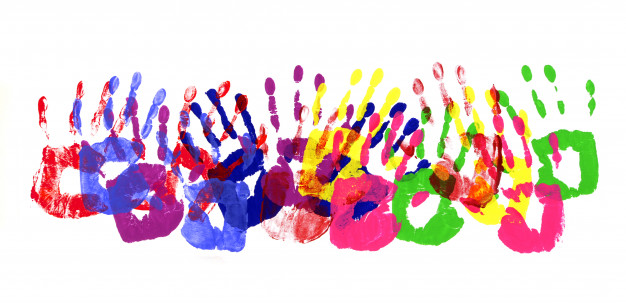
Four Signs That Your Diversity Hiring Isn’t Working
Companies in modern times have made diversity in hiring one of their top priorities. A quote by diversity advocate Verna Myers sums up some issues perfectly:
“Diversity is being invited to the party. Inclusion is being asked to dance.”
In companies that have been traditionally culture, race or gender-homogenous, just adding someone “different” is bound to shake things up; jolting many out of their established comfort zone, and it takes much active effort on the part of the organization to make the differences work.
Diversity is more than a demographic and personnel count of gender, race, cultural background, age, sexual orientation, religious affiliation and such. It gets tricky to quantify diversity because the definition also extends to diversity in thought, upbringing, action and work styles, which directly impact how a group works together. Measuring the success of a diversity hiring program must take all of this into account.
What are the signs that indicate that diversity hiring isn’t working?
Anonymous surveys tell the tale:
Outwardly, employees may appear motivated and engaged. However, the survey results may show otherwise. The figures may reveal a higher level of job insecurity, low reward expectations, dissatisfaction with opportunities for growth or flexible work conditions (particularly for new mothers) and so on. A survey may also reveal whether employees are feeling undervalued and overlooked. A mature organization will try to research this further through focus groups, one-on-one interviews and so on, and take measures to address the specific issues plaguing the workforce.
The company leaders are not leading by example:
This is one area where leaders need to set a positive example by embracing the diverse nature of their teams, being fair and impartial, and making opportunities for growth available for all. When company leaders themselves are not committed to making diversity work for all, even the best-laid programs suffer. The company is at risk for not making the most of the immense potential diversity has to offer. Even middle management can be more effective in making the work environment more inclusive by being empathetic, showing support for diversity goals, providing mentorship, asking everyone for ideas and inputs, and making new hires feel welcome.
Employees cannot be themselves:
When employees feel the need to dial back their unique diverse personas to fit into a workplace’s cultural codes, this is a clear sign that they are not feeling comfortable enough to be their authentic selves and that they at some level fear discrimination or non-acceptance by their peers. Women, in particular, may feel the need to behave “more like a man” to be considered for leadership roles. Hiring for diversity just doesn’t work when everyone is expected to become homogenous after being hired. In an inclusive and welcoming work atmosphere, employees feel a sense of pride and ownership of their role and are encouraged to be their best personal and professional selves. Diversity delivers best when employees function unencumbered by the pressure to adopt a fake persona to fit in.
Diversity goals are not being set or evaluated:
Only those attributes that can be measured can be tracked. The same goes for diversity hiring, too.
Just like other corporate targets and goals, a diversity program needs to have a clear-cut agenda, and be quantifiable by means of metrics. Companies should define diversity goals and make it a point to track progress, or lack thereof, being made towards them. Some measurable goals include percentage increase in team contribution after diversity hiring, percentage year-on-year revenue growth post a hiring exercise, and so on. Companies may choose objectives that make the most impact on their organization.
What should companies do once they identify issues with their diversity hiring? For one, every company over time should aim to make diversity a part of their culture and achieve the milestone where hiring for diversity becomes part of the process. Once all stakeholders see how diversity benefits their teams and productivity, they will be more keen to adapt. Measuring diversity goals every quarter can help companies stay on track.











